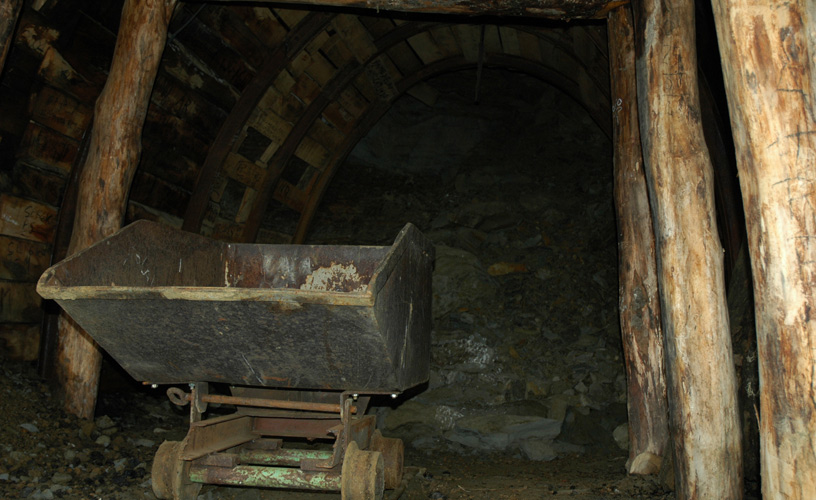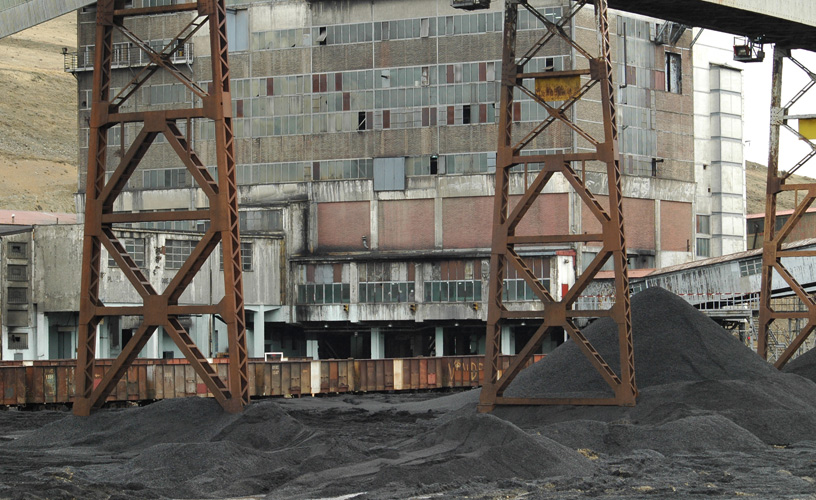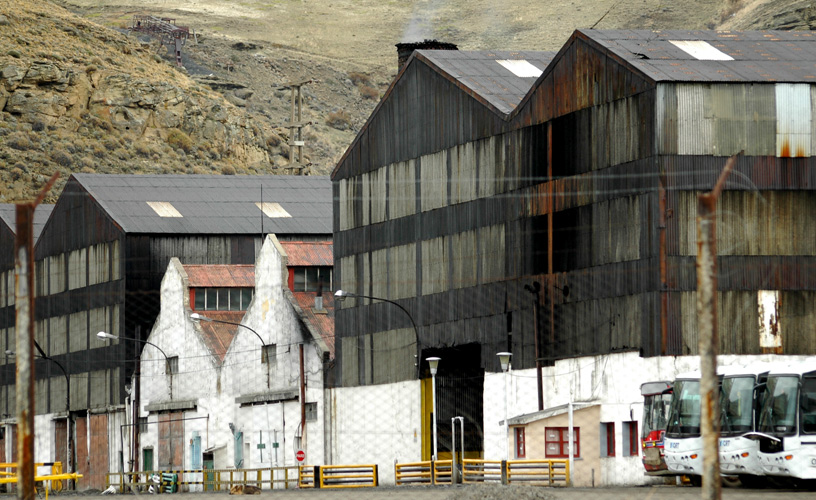Mine 1 Recreational and Historic Complex lies 5 kilometers away from the center of Río Turbio, at the base of Valdelén snow park. It was at this location that the town started and developed as the coal industry became established.
The miners who arrived in this desert mountain range area in the 1940s opened the first shaft with effort and resolution in order to start mining exploitation at the only coal mining area in the country.
History dates back to 1870, when William Greenwood and Francois Poivre (an Englishman and a Frenchman respectively) reached this area from Punta Arenas to carry out the first works. Later on, in 1883, the presence of mineral coal was confirmed in the deep layers of the ground as a result of the research performed by Carlos Moyano. But ten years had to go by for geological studies to determine that significant coal deposits were lying amidst the tertiary plates.
The Town Born from a Mine
The First Mine
The aim of mining exploration was to replace coal imports from England. A national company called YPF created the mineral coal area and thus Yacimientos Carboníferos Fiscales was founded. Two campsites were settled down at Río Turbio in 1943 so as to do some recognition of the coal mining area.
The primitive original buildings were replaced by big sheds, deposits and large factories. The number of workers in 1946 was 120. Almost 450 million tons of material were extracted and transported to Río Gallegos by railway.
Mine 2 was opened in 1947. The hard extraction works were hard at both locations. Pickaxes were used and only one compressor triggered out ten hammers simultaneously to extract 80 tons per day. A chamber and pillar exploitation system was applied to support the mines roof. This means that coal was extracted following its structural characteristics and leaving pillars of untouched material. Later on, supports made of native lenga wood were used to hold the columns to make better use of the material.
YCF was privatized in the 1990s, like many other companies in the country. Only Mine 5 is active now with two shafts.
Mine 1 still preserves the memory of the first coal exploitations in scale models, work tools and a guided access to the galleries led by old miners at its Mining School Museum. In the winter, the snow gives life to a ski resort in this area. The times when coal gave origin to a small city that lived on this industry will always be remembered.
Mónica Pons
Jorge González
Contact of the excursion or tour
Complejo Mina Uno
Paraje Mina Uno, Río Turbio, Santa Cruz, Agentina
Phone: +54 2902-421191










